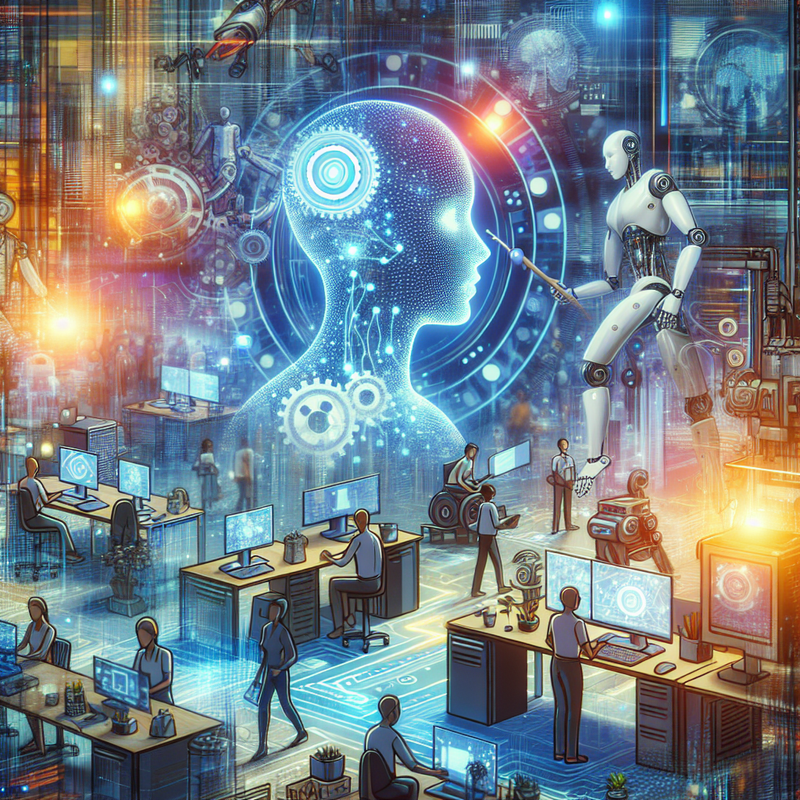IBM’s Employment Landscape Shifts with AI Integration
In a strategic move to optimize operations, IBM has revealed plans in 2023 to dismiss nearly 8,000 staff members, especially from its human resources division, to make room for advanced artificial intelligence (AI) applications aimed at performing mundane activities. The objective for this industry leader is to mechanize up to 30% of monotonous tasks to achieve substantial productivity improvements. IBM aligns with the prevailing tendency seen in other tech conglomerates like Google and Spotify, which too are transitioning from a human-centric to a technology-driven workforce.
With its AI-powered system, AskHR, IBM effectively automated 94% of standard HR processes, including handling leave requests and managing payroll. These advancements led to savings of $3.5 billion and propelled efficiency enhancements across more than 70 operational areas. Although the initial goal was to reduce the workforce, IBM subsequently reversed course, onboarding new personnel for positions that AI was incapable of fulfilling.
Shifting Employment Dynamics in the Tech Industry
Arvind Krishna, IBM’s Chief Executive Officer, conveyed to the Wall Street Journal, “While we’ve done a tremendous amount of work to leverage AI, our total employment has actually increased because it’s allowed us to invest more in other areas.” IBM has reallocated its investments to recruit individuals for inventive and strategic capacities, such as software developers, sales representatives, and marketing experts. These roles demand intrinsic human attributes, like ingenuity, analytical thinking, and communication skills, which remain beyond the scope of AI’s capabilities.
IBM’s paradigm is emblematic of a labor market undergoing metamorphosis, one in which AI serves not only as a catalyst for job displacement but also as a progenitor of novel, intricate positions. Mirroring this view, the World Economic Forum projected that by 2030, automation would have given rise to 92 million new job opportunities. This evolution poses challenges for both enterprises and their workforces, compelling them to adapt to a labor market in flux.
AskHR stands as a testament to the transformative power of AI in business operations, having managed upwards of 11.5 million transactions and markedly converting customer contentment from a deficit to a surplus in Net Promoter Score. However, the reality that 6% of inquiries continued to necessitate human oversight serves as a reminder of the limits of current automation technologies.
IBM’s evolving scenario underscores the persisting necessity for human expertise in strategic domains, despite the relentless march of AI. Such advancements necessitate profound alterations in human resource approaches and a re-envisioning of job roles in the era of artificial intelligence.
















